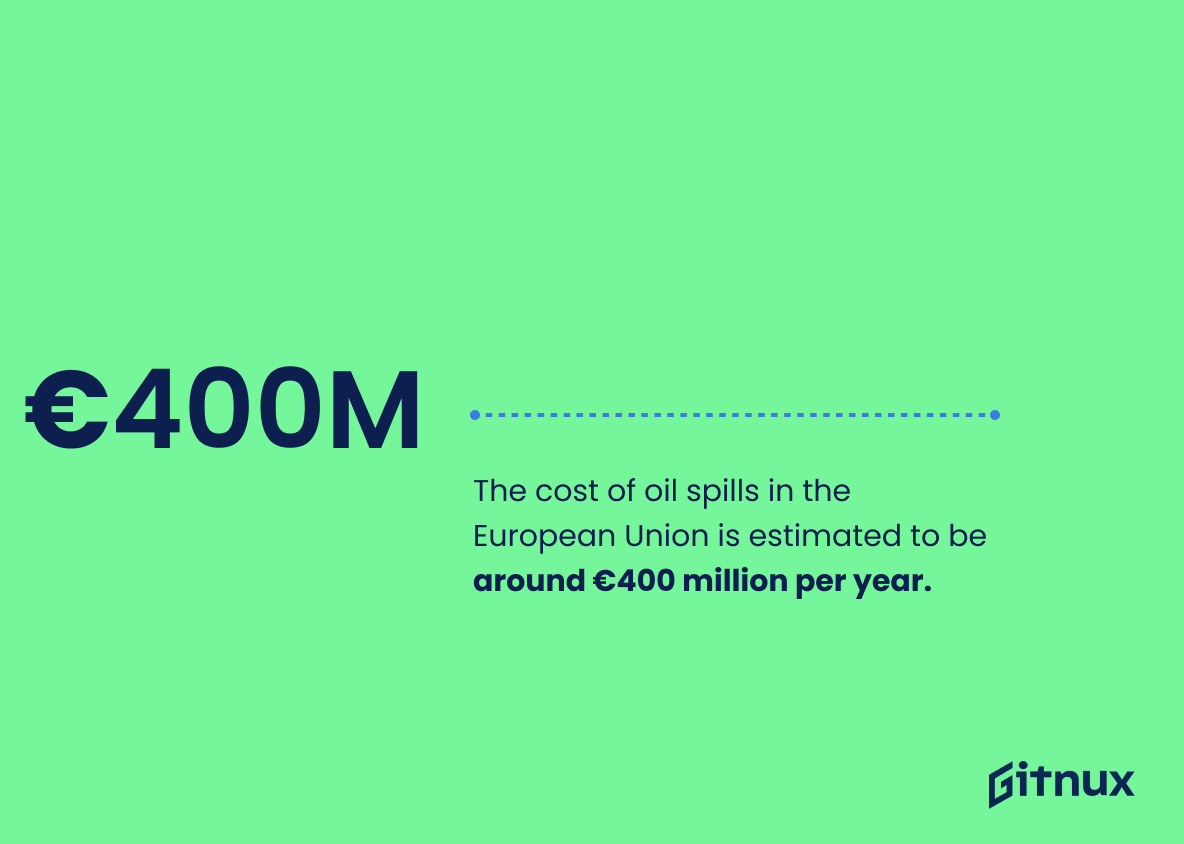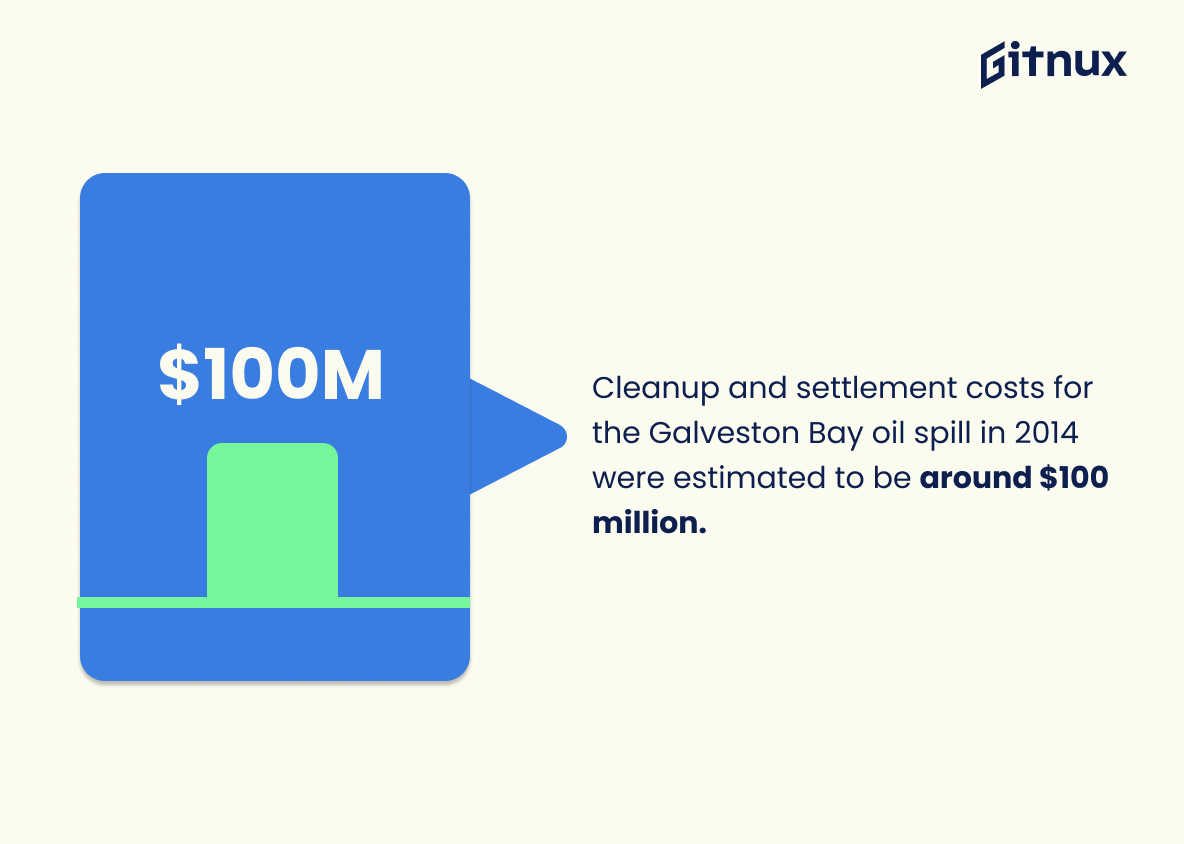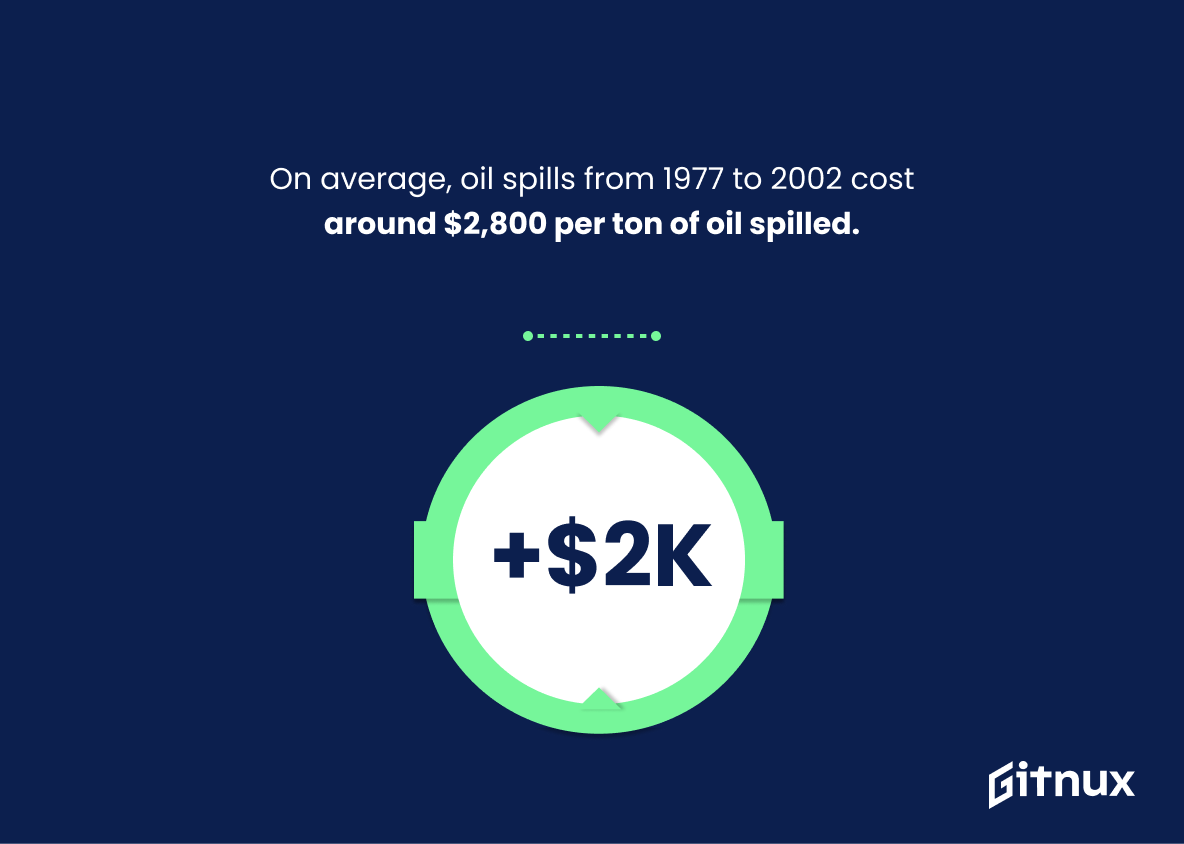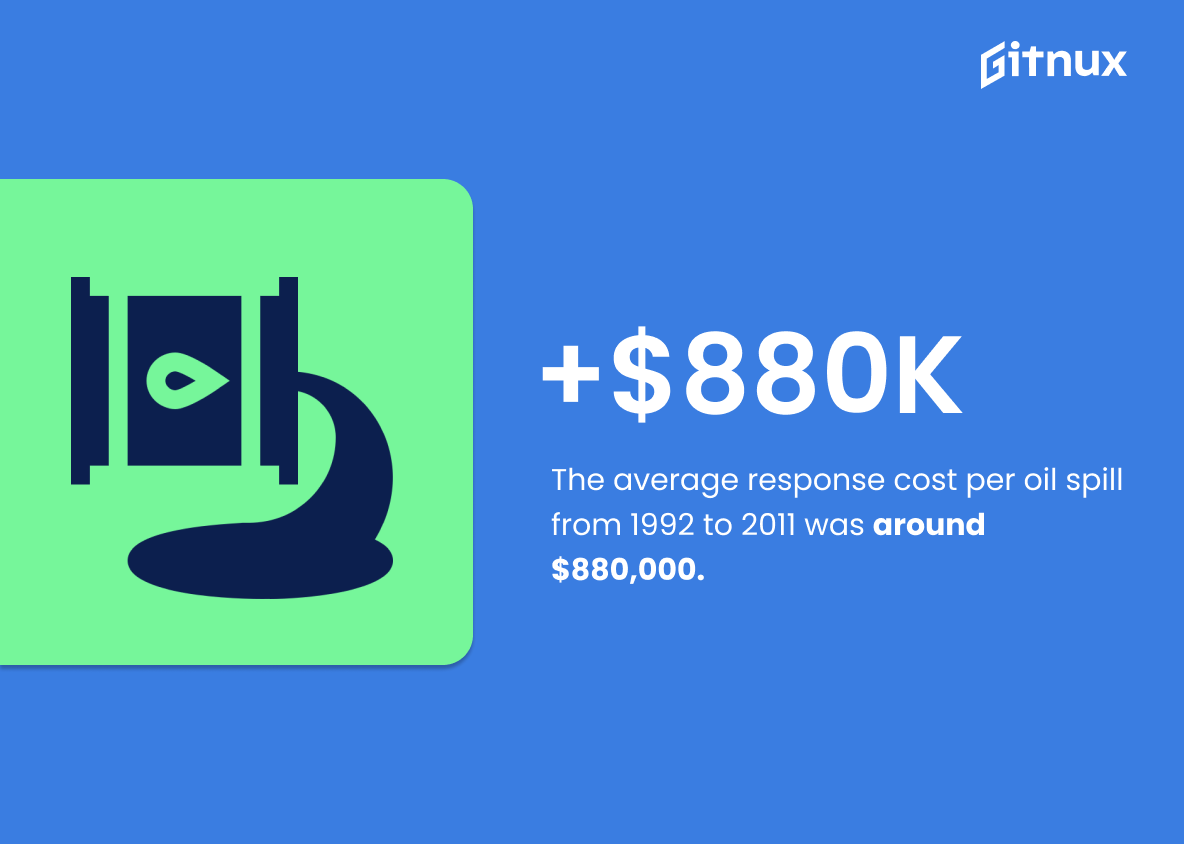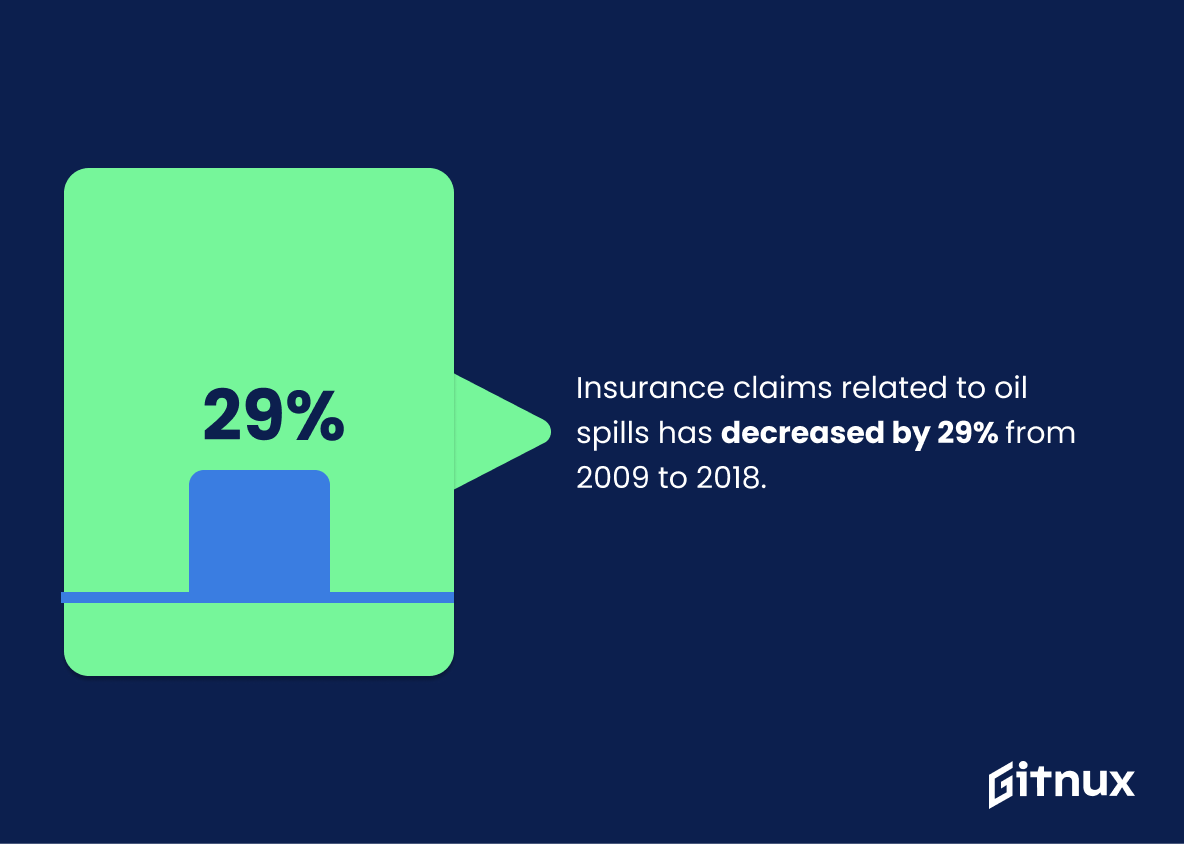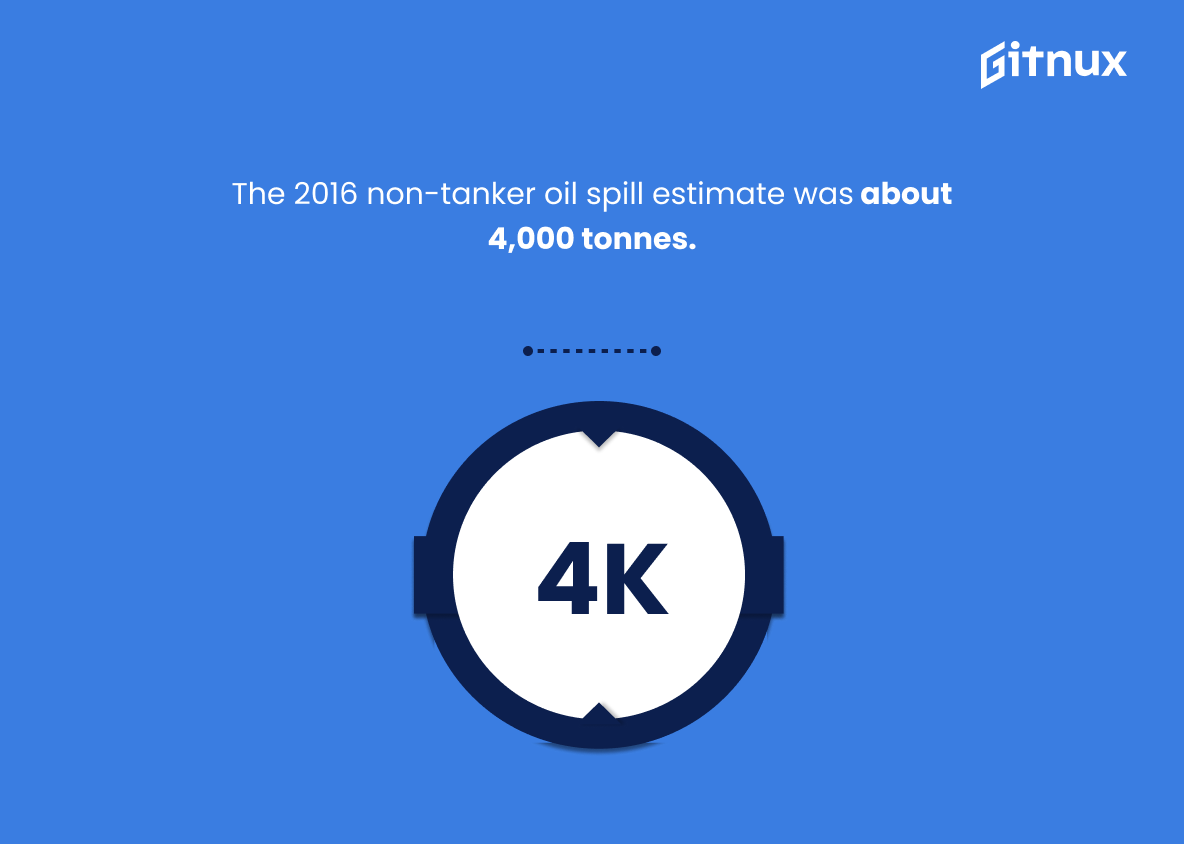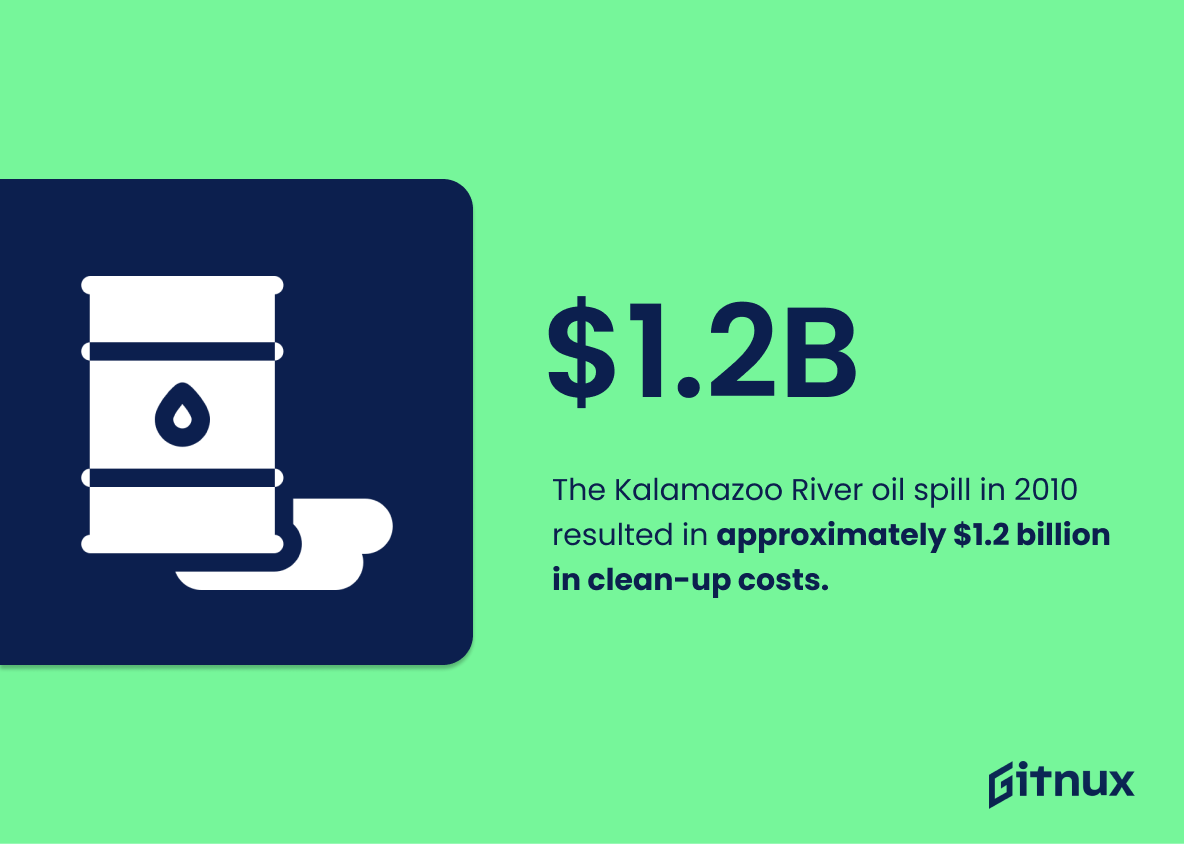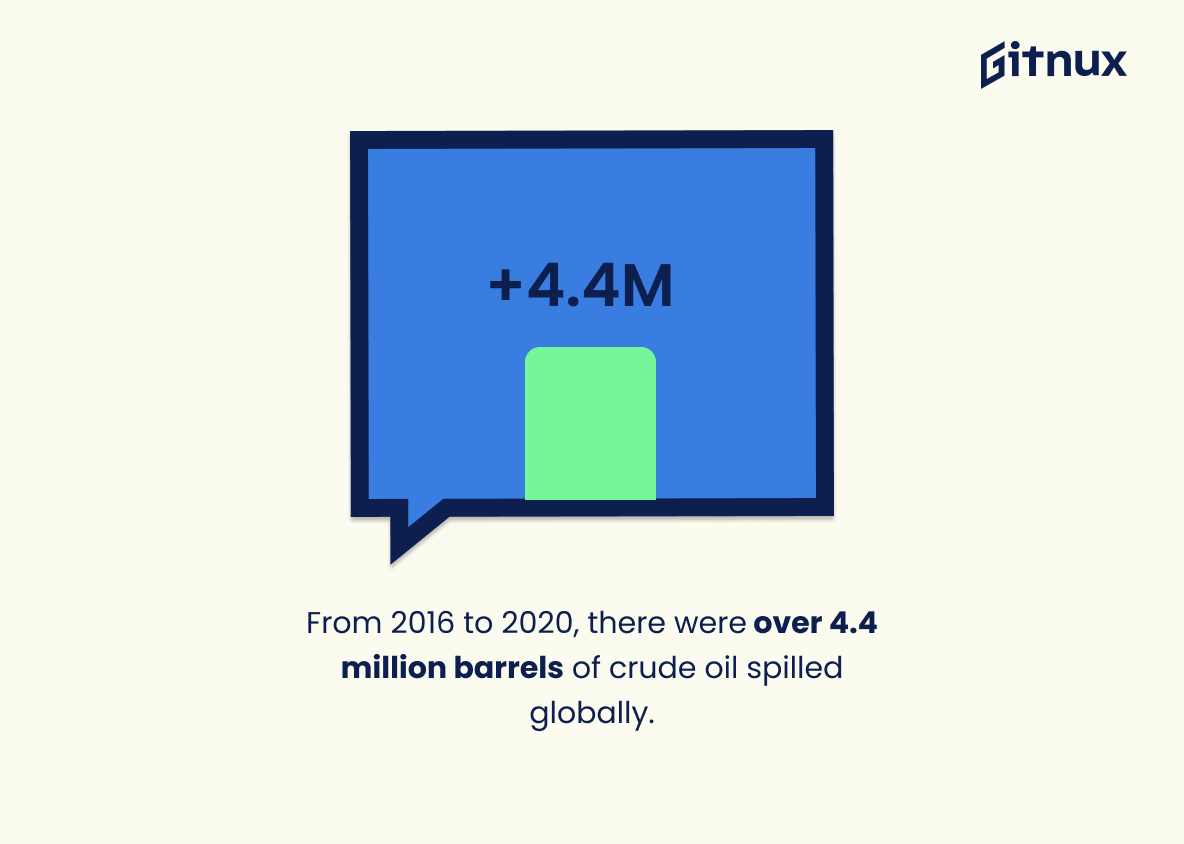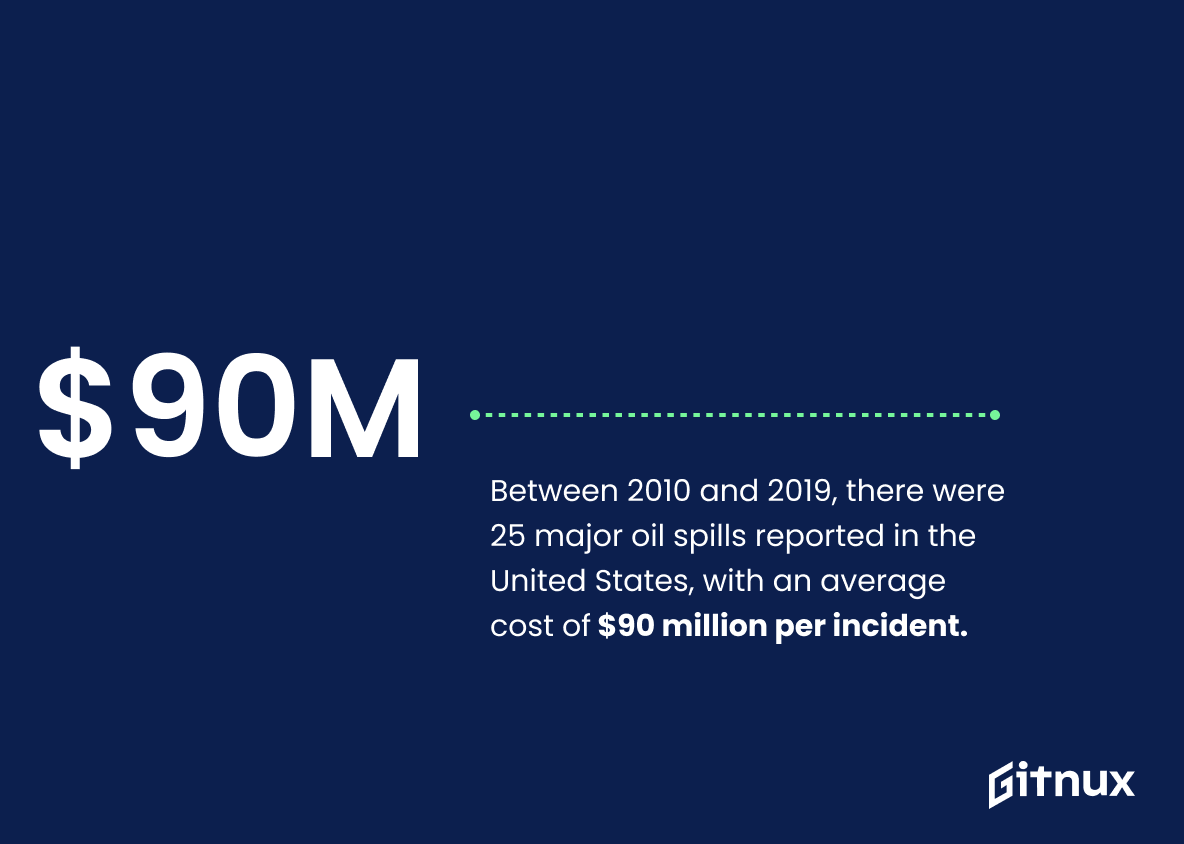Oil spills can have devastating environmental and economic impacts. In this blog post, we will explore the cost of oil spills around the world by looking at 20 statistics from various sources. We’ll examine some of the most costly oil spill disasters in history, as well as more recent incidents that demonstrate how much these events can cost companies and governments alike. From BP’s Deepwater Horizon disaster to Nigeria’s losses due to pipeline vandalism, we’ll take a closer look at what it costs when an oil spill occurs.
This statistic serves as a stark reminder of the immense financial burden that oil spills can impose on companies. It is a powerful illustration of the immense cost of oil spills, and serves as a warning to other companies to take all necessary precautions to prevent such disasters from occurring.
The Exxon Valdez oil spill cost $4.4 billion in clean-up and compensation.
This statistic serves as a stark reminder of the immense financial burden that oil spills can impose. It is a powerful illustration of the immense cost of oil spills, and serves as a warning to those who may be tempted to overlook the potential consequences of such disasters. It is a reminder that the cost of oil spills can be far greater than the initial cost of the oil itself, and that the environmental and economic damage can be long-lasting.
Cost Of Oil Spills Statistics Overview
In 2018, the U.S. spent more than $200 million in federal funds on oil spill prevention and response.
This statistic is a stark reminder of the immense cost of oil spills, both in terms of the environment and the economy. It highlights the need for increased investment in prevention and response measures to ensure that the damage caused by oil spills is minimized. It also serves as a warning to those who may be tempted to take risks with oil transportation and storage, as the financial burden of a spill can be significant.
The total economic loss from the Deepwater Horizon spill is estimated to be between $61 billion to $123 billion.
This statistic serves as a stark reminder of the immense financial burden that oil spills can impose on society. It is a testament to the devastating economic impact of the Deepwater Horizon spill, and a warning to those who may be tempted to overlook the potential costs of such disasters. This statistic is a powerful reminder of the need for stringent safety measures and regulations to be in place to protect against the catastrophic economic losses that can result from oil spills.
The cost of oil spills in the European Union is estimated to be around €400 million per year.
This statistic is a stark reminder of the immense financial burden that oil spills place on the European Union. It serves as a powerful illustration of the costly consequences of oil spills, and highlights the need for greater efforts to prevent them from occurring. It is a call to action for all stakeholders to take responsibility for the environmental and economic damage caused by oil spills.
Cleanup and settlement costs for the Galveston Bay oil spill in 2014 were estimated to be around $100 million.
The staggering cost of the Galveston Bay oil spill in 2014 serves as a stark reminder of the immense financial burden that oil spills can impose. This eye-opening statistic highlights the need for increased safety measures and better preparedness to mitigate the damage of future spills.
On average, oil spills from 1977 to 2002 cost around $2,800 per ton of oil spilled.
This statistic is a stark reminder of the financial burden that oil spills can impose. It highlights the need for greater prevention measures to be taken in order to reduce the amount of oil spilled and the associated costs. It also serves as a warning to those who may be considering engaging in activities that could lead to an oil spill, as the costs of such an event could be significant.
The average response cost per oil spill from 1992 to 2011 was around $880,000.
This statistic is a powerful reminder of the immense financial burden that oil spills can impose. It highlights the need for effective prevention and response measures to be taken in order to reduce the cost of oil spills and protect the environment.
In 2013, Nigeria experienced economic losses of $1 billion due to oil spills and pipeline vandalism.
This statistic serves as a stark reminder of the immense financial burden that oil spills and pipeline vandalism can have on a nation. It highlights the need for greater investment in infrastructure and security measures to protect against such losses in the future. It also serves as a warning to other countries that may be considering investing in oil production, as the potential costs of such disasters must be taken into account.
The cost estimation of oil spill clean-up in the United States ranged from $159 to $619 per gallon of oil from 1984 to 2004.
This statistic is a powerful reminder of the immense financial burden that oil spills can impose on the United States. It highlights the fact that the cost of cleaning up oil spills has increased significantly over the past two decades, indicating that the problem is becoming more serious and costly. This statistic is an important piece of evidence that should be included in any discussion about the cost of oil spills.
Insurance claims related to oil spills has decreased by 29% from 2009 to 2018.
This statistic is a testament to the progress made in reducing the cost of oil spills over the past decade. It shows that efforts to prevent and mitigate the damage caused by oil spills have been successful, and that the cost of oil spills has decreased significantly. This is an important point to make in a blog post about Cost Of Oil Spills Statistics, as it demonstrates that the issue is being addressed and that progress is being made.
The 2016 non-tanker oil spill estimate was about 4,000 tonnes.
This statistic is a stark reminder of the devastating cost of oil spills. It highlights the sheer magnitude of the environmental damage caused by these events, with 4,000 tonnes of oil being released into the environment in 2016 alone. It serves as a reminder of the importance of taking preventative measures to reduce the risk of oil spills and the need for effective clean-up strategies to mitigate the damage caused.
The Kalamazoo River oil spill in 2010 resulted in approximately $1.2 billion in clean-up costs.
This statistic serves as a stark reminder of the immense financial burden that oil spills can impose. The $1.2 billion clean-up cost of the Kalamazoo River oil spill in 2010 is a testament to the costly consequences of such disasters, and serves as a cautionary tale for those considering the use of oil.
From 2016 to 2020, there were over 4.4 million barrels of crude oil spilled globally.
This statistic is a stark reminder of the devastating cost of oil spills. It paints a vivid picture of the sheer magnitude of the environmental damage caused by these spills, with over 4.4 million barrels of crude oil spilled globally in just four years. It serves as a powerful reminder of the need for greater safety measures and environmental protection when it comes to the handling of oil.
Between 2010 and 2019, there were 25 major oil spills reported in the United States, with an average cost of $90 million per incident.
This statistic serves as a stark reminder of the immense financial burden that oil spills can impose on the United States. With an average cost of $90 million per incident, it is clear that the environmental and economic damage caused by these disasters can be immense. This data is essential for understanding the true cost of oil spills and the need for preventative measures to be taken.
Conclusion
The cost of oil spills can be staggering, with some incidents costing billions of dollars in clean-up and compensation. The Deepwater Horizon spill is the most expensive to date, with BP paying out over $65 billion for claims related to the incident. Other costly spills include Exxon Valdez ($4.4 billion), Montara ($5.3 billion) and Hebei Spirit ($333 million).
In addition to these large-scale disasters, there are also smaller but still significant costs associated with oil spills on a global scale – an estimated €400 million per year in Europe alone, as well as millions spent each year by governments around the world on prevention and response efforts. It’s clear that when it comes to protecting our environment from potential harm caused by oil pollution, we must remain vigilant about preventing future accidents while continuing to invest resources into cleaning up existing ones.
References
0. – https://www.itopf.org
1. – https://www.ncbi.nlm.nih.gov
2. – https://www.enbridge.com
3. – https://www.academia.edu
4. – https://www.pubs.usgs.gov
5. – https://www.rff.org
6. – https://www.pnas.org
7. – https://www.eea.europa.eu
8. – https://www.reuters.com
9. – https://www.statista.com
10. – https://www.uscg.mil
11. – https://www.aljazeera.com
12. – https://www.livescience.com


